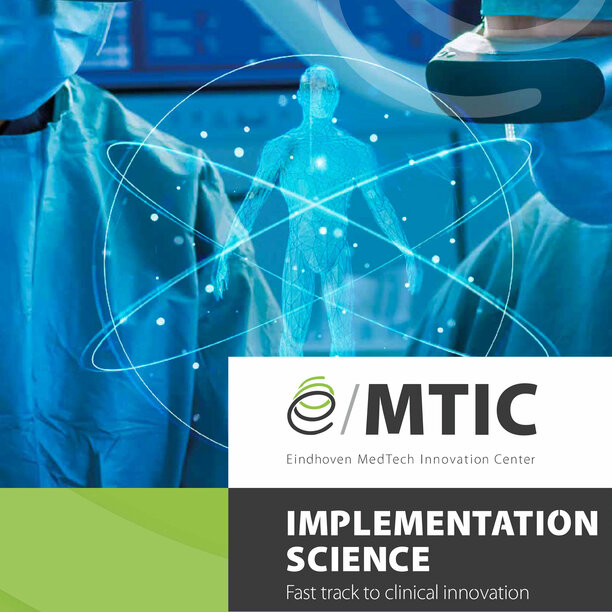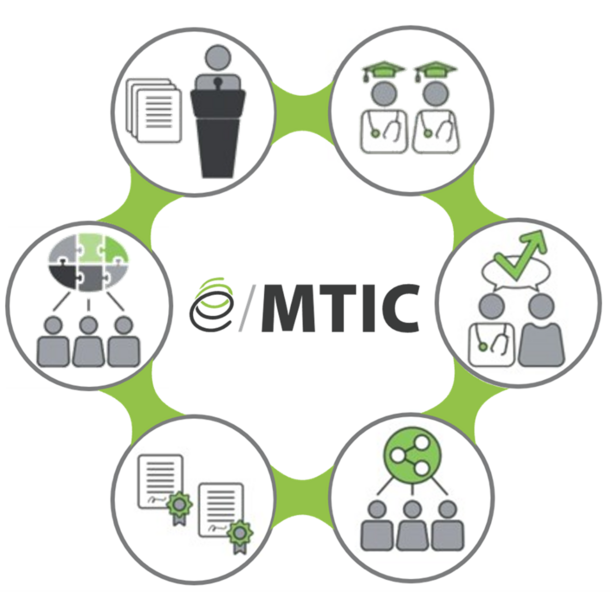Chapters 1-14
As we celebrate the fifth anniversary of the Eindhoven Medtech Innovation Center (e/MTIC), we reflect on our journey.
The mission of e/MTIC is not merely to foster the development of ideas generated by doctors and nurses on the hospital floor. In collaboration with engineers from the technical university, we strive to transform these ideas into effective products and, with the aid of the business sector, bring them back to the workplace to benefit patients directly.
Our motto, “the fast track to clinical innovation,” is a testament to our commitment.
e/MTIC White Paper 2024
Download the full information (pdf)
Prior to e/MTIC’s establishment over a decade of bilateral and multiparty research collaborations on specific subjects has been conducted. Eindhoven University, has and still serves as a pivotal organisation in this web of research. During this period, growing insight that successful and breakthrough innovation was fuelled by the beneath displayed elements was obtained:
- Proximity (physically and mentally)
- Strong executive management commitment
- Focus on selected domains to avoid dilution and sub-critical mass
- A cross-domain and cross functional approach
- An integral value chain perspective (from research to application)
- Innovative and outcome-based mindset




